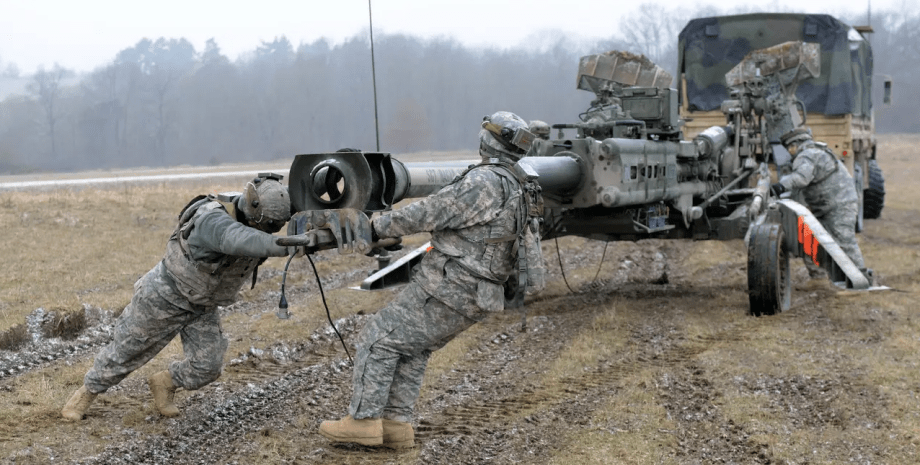
About it reports Defense One. "I personally believe that we have witnessed the end of the efficiency of towed artillery. The future of towed artillery is not too optimistic," Rainy said at the Ausa Global Force conference. The Raynae's statement emphasizes the change in the paradigm in the approach of the military to artillery systems, signaling the urgent need to modernize the artillery potential of the army.
Traditionally, the army relied on a combination of towed and self -propelled artillery, and the first was delivered to fire positions by army cars. However, the Rhine stressed that future artillery systems should be mobile, and said for the creation of platforms capable of "constantly moving" with minimal movement. Emphasizing the evolutionary nature of the modern war, the Rhine noted the potential advantages of mobile indirect fire systems for light infantry units such as Stryker brigades.
In addition, the American general expressed interest in the study of autonomous and robotic artillery systems for joint offensive operations, which emphasizes the army's desire to use advanced technologies to improve its prompt effectiveness. However, the army is still focused on expanding the radius of action and fire capacity of the artillery.
Recent achievements, such as modified artillery shells with a range of more than 68 miles designed for ERCA, demonstrate constant efforts to introduce innovation and adapt to changing challenges. These efforts are made against the backdrop of reports that the Russian military use advanced surveillance systems, including drones, to quickly aim at the target and neutralize enemy objects.
According to a study of the Royal Institute of the Armed Forces, some artillery calculations of the Armed Forces of the Russian Federation using their own drones can affect targets within 180 seconds after their detection. As the nature of hostilities continues to change, the US Army is ready to use new technologies and strategic approaches to maintain its competitive advantage in the battlefield.










All rights reserved IN-Ukraine.info - 2022